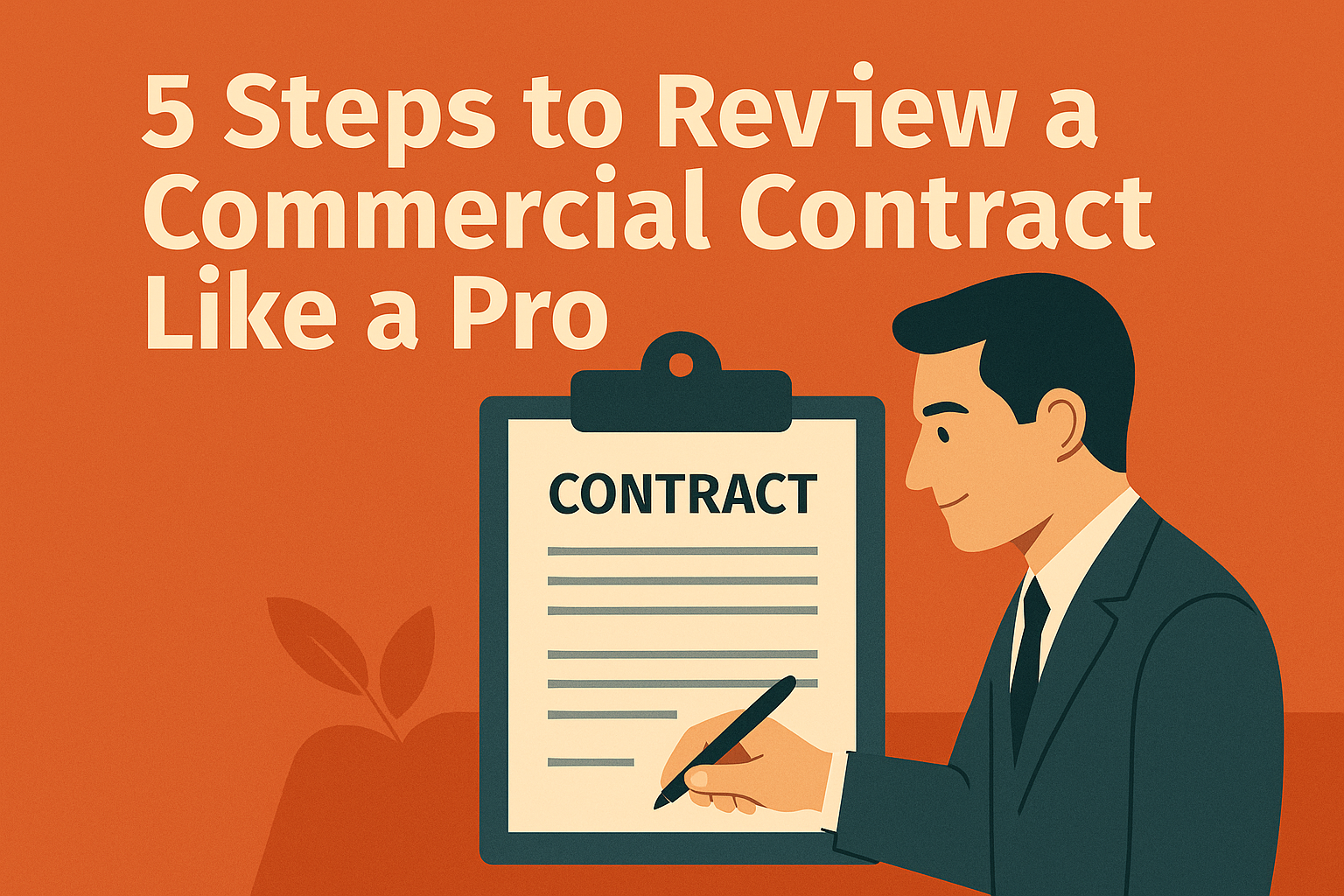
As the shadow of potential U.S. tariffs looms over global markets and trading partners discuss striking back with retaliatory measures, dealmakers and legal teams are confronting a reshaped deal landscape. Even for transactions already in motion, sudden trade shifts can introduce fresh risks, uncertainties, and complications.
In our last post, we looked at how tariffs impact commercial contracts in general. In this post, we’ll examine the potential impact of tariffs specifically on M&A transactions.
This post isn’t legal advice, but it does spotlight key areas where tariff-related exposure can introduce risk in M&A and cross-border deals — and how legal teams can strengthen their workflows to stay agile.
Key Areas of Impact on M&A and Cross-Border Transactions
Deal Valuation and Price Adjustments
Tariff exposure can directly affect a company’s value, especially for manufacturers, importers, or businesses with international supply chains. Purchase prices, earnouts, and contingent payments may all need adjustment as cost structures shift. Are your agreements flexible enough to handle sudden valuation swings?
Due Diligence Priorities
Legal teams must sharpen their due diligence focus: Which suppliers or customers are tariff-sensitive? How dependent is the target company on vulnerable cross-border flows of supplies or services? Has the business already enacted mitigation strategies, such as supplier diversification?
Representations, Warranties, and Indemnities
Traditional representations and warranties may not adequately cover fast-evolving tariff risks. Are sellers accurately disclosing their exposure? Are indemnity provisions robust enough to cover unexpected, tariff-driven losses?
Conditions Precedent and Covenants
New tariffs can derail satisfaction of closing conditions or cause companies to breach interim covenants. Are your agreements designed to accommodate rapid regulatory changes?
Cross-Border Structuring
Tariffs can tilt the balance between deal structures, jurisdictions, or routes. Are you proactively assessing structural alternatives to minimize exposure?
How Legal Teams Can Respond
- Map active deals for tariff-sensitive clauses and exposures
- Update due diligence playbooks to elevate trade and regulatory risk factors
- Align templates and clause libraries to keep contracts nimble and adaptive
Staying ahead requires not just awareness, but the ability to surface, analyze, and act on critical contract details.
How BoostDraft Helps
BoostDraft’s AI-powered contract review tools make it easier to:
- Quickly identify and compare defined terms, representations, warranties, and covenants
- Flag inconsistencies or outdated language across deal documents
- Collaborate smoothly on drafting updates, amendments, or risk mitigation measures
Vitally, BoostDraft helps legal teams review defined terms in context — ensuring they understand not just what’s written, but how it operates across interconnected provisions and agreements.
Conclusion: Navigate Complexity With Confidence
Tariff turbulence may challenge dealmakers, but legal teams can navigate those challenges by staying prepared, agile, and equipped with the information they need. With the right tools, businesses can manage trade-driven disruptions securely, efficiently, and confidently.
To see how BoostDraft can help your legal team navigate today’s fast-moving, global legal and business landscape, schedule a demo.


